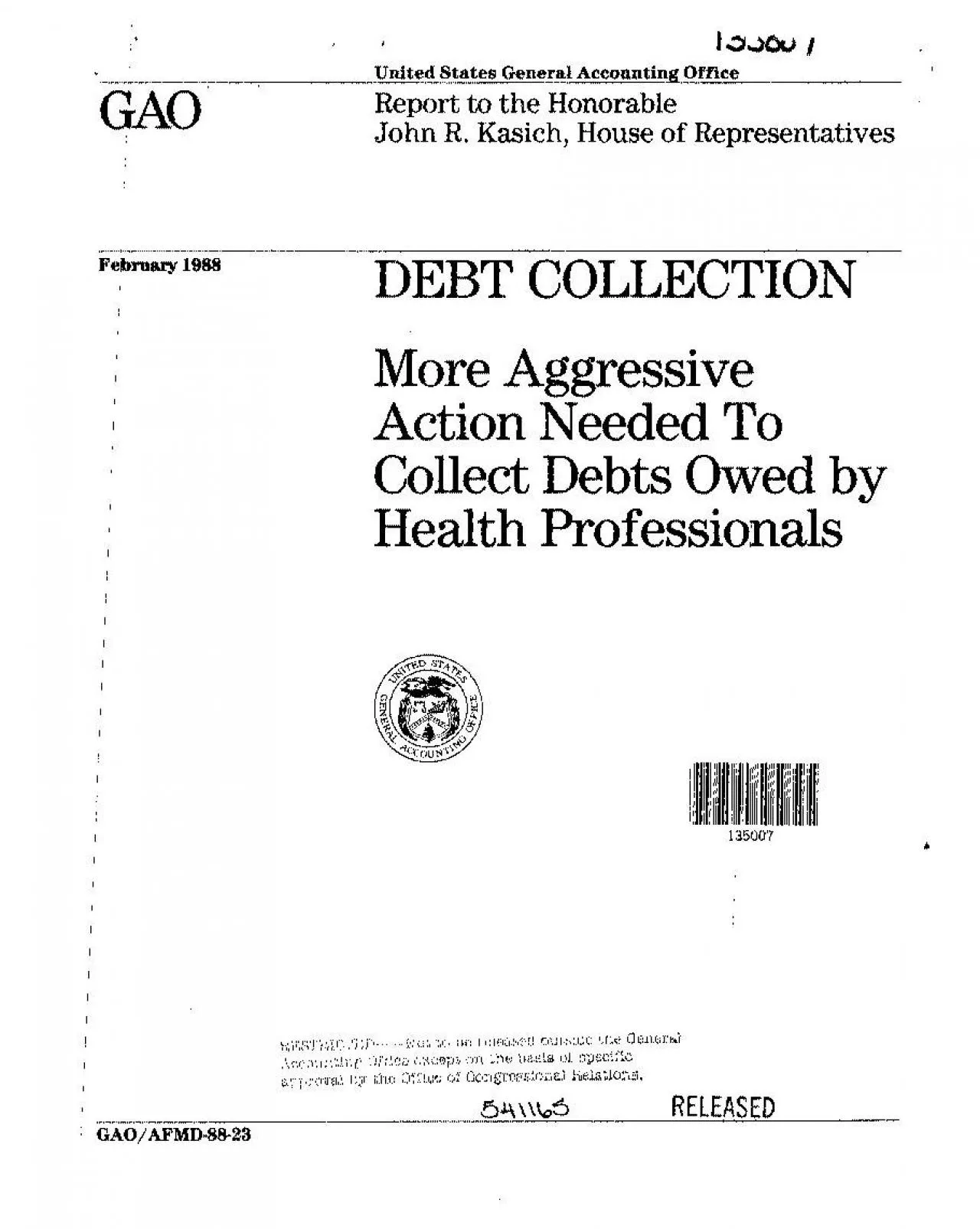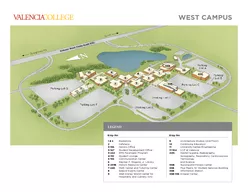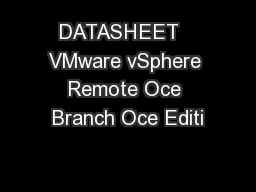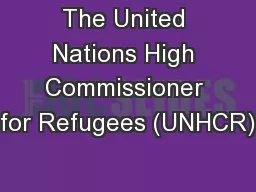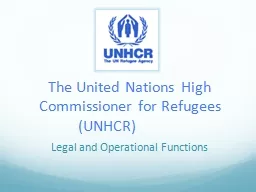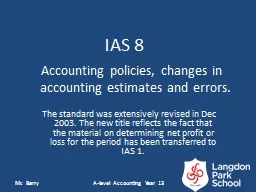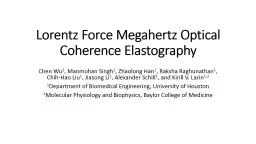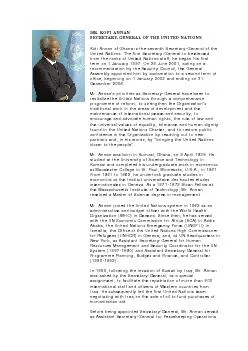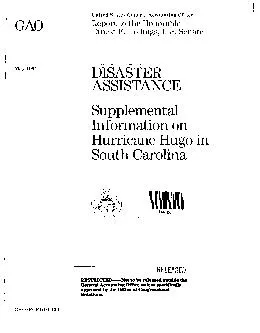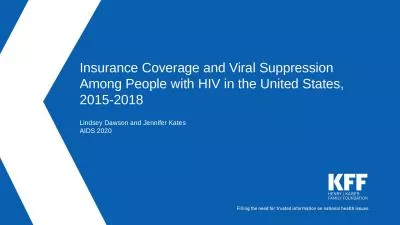PDF-United kates General Accounting Oce Wington DC 20648 Accounting
Author : joy | Published Date : 2021-10-09
148 7 GAO and Financial Management Dion February 2 1988 1451 I Ionorable John R Kasch I Ioust of Reprcscntatves ltar Mr Kasch As you requested this report descrs
Presentation Embed Code
Download Presentation
Download Presentation The PPT/PDF document "United kates General Accounting Oce Wing..." is the property of its rightful owner. Permission is granted to download and print the materials on this website for personal, non-commercial use only, and to display it on your personal computer provided you do not modify the materials and that you retain all copyright notices contained in the materials. By downloading content from our website, you accept the terms of this agreement.
United kates General Accounting Oce Wington DC 20648 Accounting: Transcript
Download Rules Of Document
"United kates General Accounting Oce Wington DC 20648 Accounting"The content belongs to its owner. You may download and print it for personal use, without modification, and keep all copyright notices. By downloading, you agree to these terms.
Related Documents

